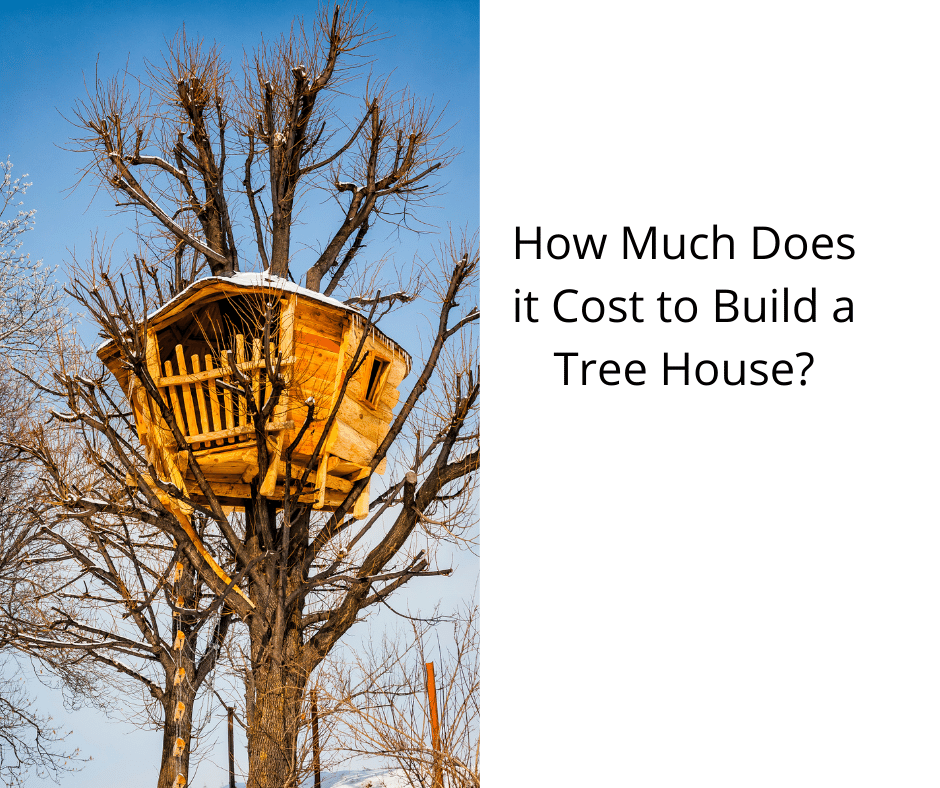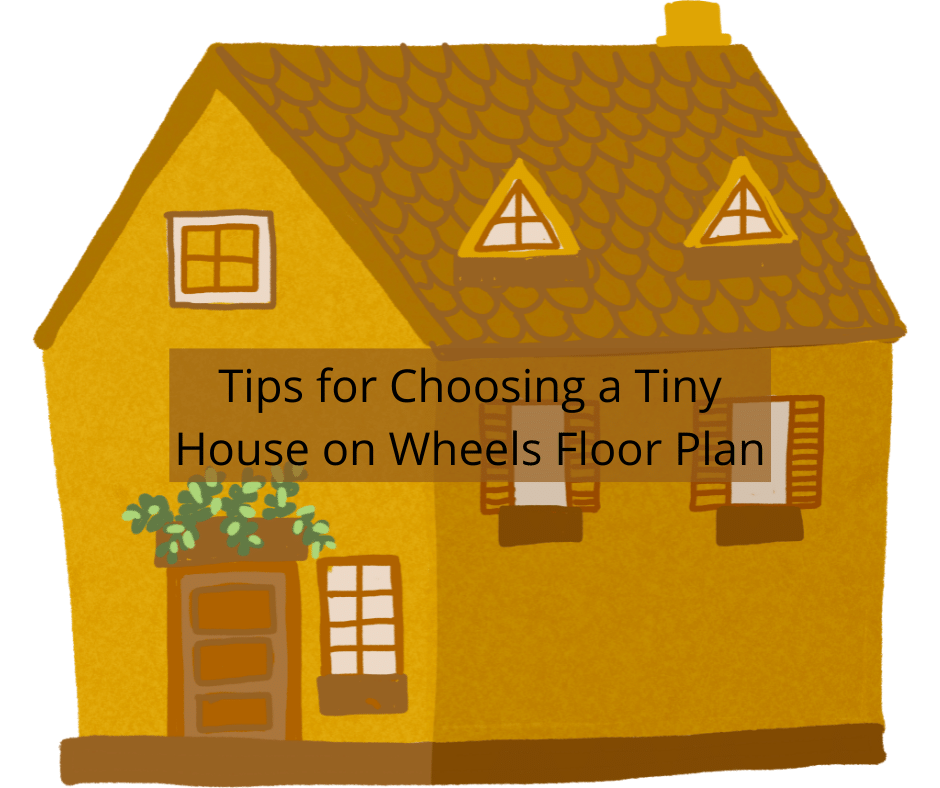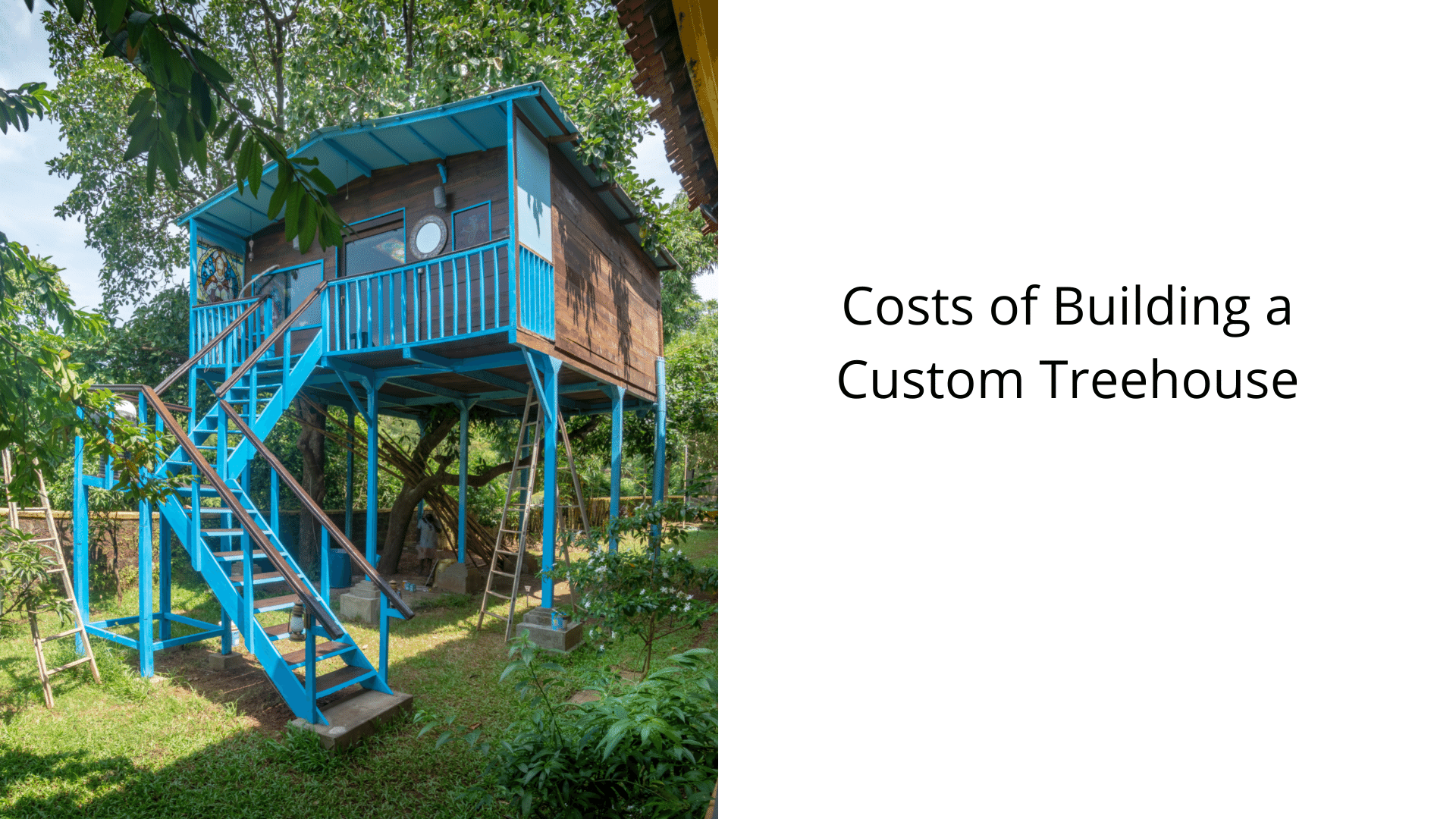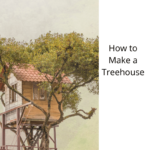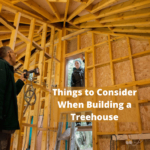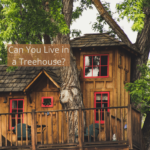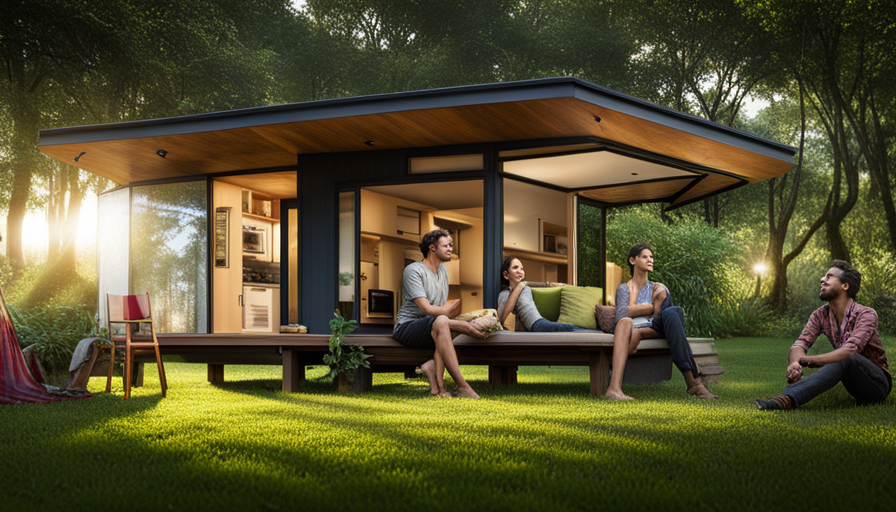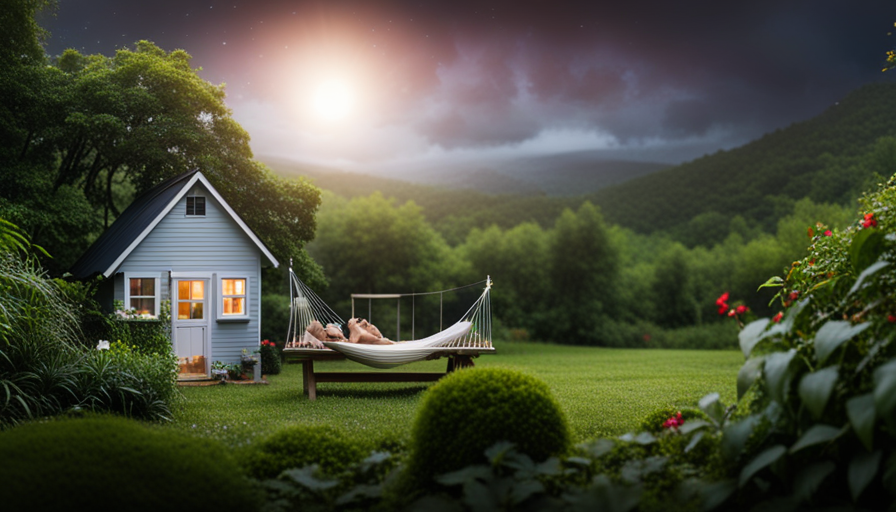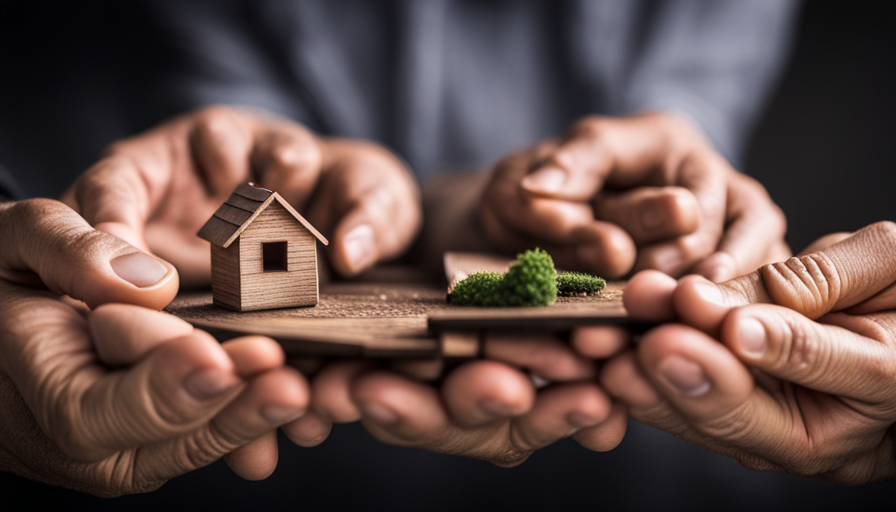When starting the process of building a treehouse, it is important to consider various factors. This includes the necessary materials, the size of the treehouse, the choice of adding a bathroom, and the required safety precautions. These elements play a significant role in determining the budget for your project. Keep reading for helpful tips to guarantee the successful construction of your treehouse. There are different types of treehouses to choose from, with prices typically ranging from two to three thousand dollars.
Cost of Materials
The materials used to build a tree house determine the overall cost of the building. The cheapest types are ground contact pressure-treated lumber, furring strip board, and oriented strand board. Hardwood, on the other hand, is more expensive and heavier. It’s also not ideal for building a treehouse because it adds extra weight to the tree. You may be better off using softwood, which is less expensive to transport but weighs more and requires more painting.
If you hire a professional to build your treehouse, the cost of materials will be slightly higher. Professional builders usually charge between $100 and $150 per hour, but you’ll have peace of mind knowing they’re doing a good job. The more complicated the design, the more money you’ll need to spend. You should consider using composite materials to make your treehouse more durable and safe. These are more durable and can withstand wind, rain, and snow.
When choosing the materials, keep in mind that the cost of your treehouse will be higher if you choose an elaborate design. In addition, the type of wood you choose to use will affect the cost. If you decide to use rot-resistant wood, the price will be lower than for other woods. To get a more accurate estimate of the materials needed for a treehouse, consider the size and shape of the structure before you make your purchase.
As mentioned earlier, the size of the treehouse is a major cost factor. If you’re building a multi-story house, the costs are exponentially higher. The first level is several feet above the ground, and the whole thing is wrapped around the tree. Adding a third level presents more engineering, logistics, and safety challenges. You’ll need more materials to build a multi-level treehouse.
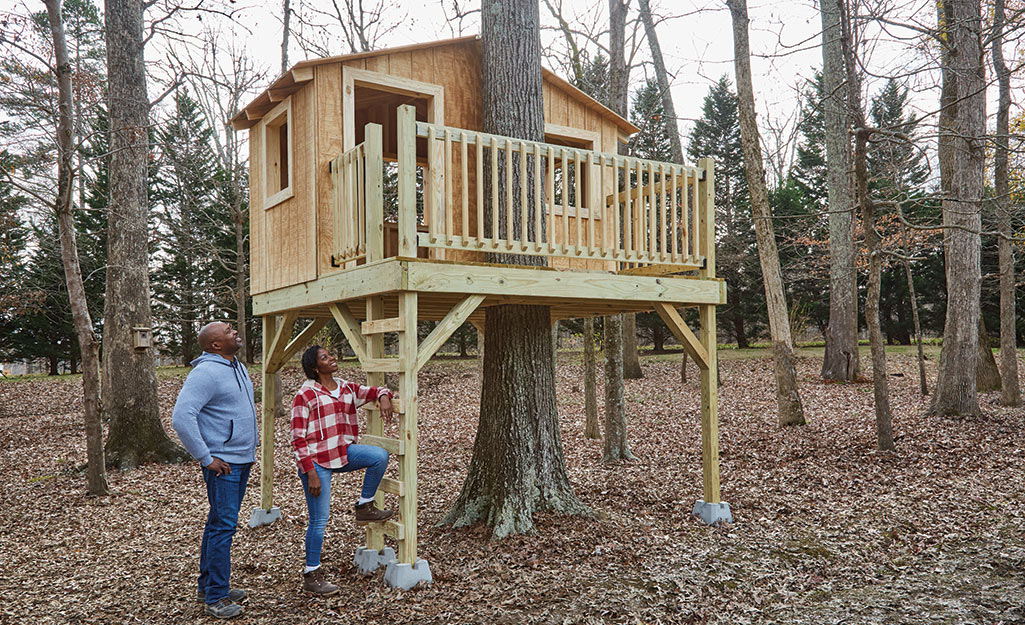
Safety Precautions
Whether you’re building a tree house for your children or yourself, you should take safety precautions. The first step is ensuring the area is free of dangerous materials, such as nails and broken glass. You must also supervise your children when they’re working on the treehouse. It’s never a good idea to let kids play alone in a treehouse.
Another important safety precaution to take is to build your treehouse on the ground as much as possible. This will ensure you’re not spending too much time in the tree. It is also important to check the treehouse periodically to ensure it’s intact and secure. Also, if you’re unsure about a particular part of your treehouse, ask someone to help you. If you don’t feel comfortable, ask a friend or family member to stand on the ground next to you.
Remember that tree houses should be built lower to the ground, especially if they’re for young children. Despite the many benefits of a tree house, there is a risk of falling out, so be sure that the platform of the treehouse is six to eight feet high. This will minimize the risk of a child falling out. In addition to building the treehouse lower to the ground, you should mulch the ground around it to minimize the risk of any sharp objects.
Another important safety precaution when building a tree house is to avoid power lines. It is not only dangerous to build a tree house on a power line, but it can cause a fire if the branches sway or touch the wires. Furthermore, it can be dangerous for children to climb trees near power lines. Moreover, it could lead to a tree falling on a power line and causing severe injuries.
Size of The Treehouse
When choosing the right size tree for a treehouse, the tree’s trunk diameter is an important factor. An average 8′ x 8′ treehouse requires a trunk diameter of about 12″ to be strong enough to support the treehouse. If you want to support multiple trees, the minimum trunk diameter may be smaller. However, some treehouse designs require larger trunk diameters or more challenging species of trees. Deciduous trees are often used for treehouses since their wood is denser and can support more weight.
When building a treehouse, the supporting platform limits the inside space. The floor space must be slightly smaller than the platform. However, if there is a deck area, you can add extra space to the treehouse if you desire. When building a treehouse, you should use 4×4 posts that are at least 5 inches in diameter. These two pieces of wood should be spaced evenly around the tree trunk.
If you have a small budget, you can choose a low-budget treehouse that is easily accessible to your children. Large residential treehouses may require medium-size fitness equipment. The size of the treehouse is also a key consideration. Large residential treehouses are much more expensive than small ones. If the size is important, you may want to consider adding a glass panel to the floor. Another great idea is to add a custom slide or use lower hanging branches from a garden tree as railings. When planning to build a treehouse, do not forget to do a safety assessment before building.
The height of the treehouse is also an essential factor. The treehouse should be tall enough to provide a good view but not so high that it becomes dangerous for children. It should be between six and ten feet high, measured from ground to platform, wall, and railing. A treehouse should be safe for kids and adults alike, so choose a tree with a solid support structure. Once you have the perfect size and location of your treehouse, you can begin planning your project.
Adding a Bathroom
When building a tree house, there are several things to consider when adding a bathroom. First, the height of the treehouse needs to be considered. If the treehouse is too high, you may not be able to add a bathroom and you might not have enough water pressure. Make sure to build your tree house no more than 10 feet up in the trees. Another consideration is the weight of the bathroom. However, most sturdy trees can handle the extra weight of the bathroom.
When the homeowners decided to add a bathroom, they worked with a designer to ensure that the entire design complemented the theme of the tree house. The result is a cozy and comfortable bathroom that carries over the treehouse theme. Here’s a look at the before and after photo of the primary bath. The bathroom is now connected to the entrance, which includes an eating bar. The tree house also has a laundry room and an office.
The materials that you use will significantly determine the cost of your treehouse. For the cheapest options, consider ground contact pressure-treated lumber, furring strip board, and oriented strand board. These materials will give your treehouse a sturdy structure, but they will also weigh down the tree you build it on. A treehouse with hardwood floors will be sturdier than a softwood one.
You will also need to consider the cost of electricity and water when building your treehouse. Adding electricity and running water to the treehouse will drive up the cost. Nelson estimates that 80 percent of his treehouse projects feature a bathroom or kitchenette. He later became an Indiana Jones-style scavenger who scoured for the materials that would make the perfect treehouse. If you are building a bigger treehouse, it may be wise to hire a professional to help you plan the project.
Hiring a Contractor
Hiring a professional to build a tree house is important to get the best results. Depending on the location of your tree, you may need a professional to set up a scaffold or other support system. It is also essential to have a safe environment for building. You should also wear a safety harness and ensure you have the right tools and equipment to complete the project. It is also recommended that you have a first aid kit on hand.
A professional builder can help you save time and money while ensuring the safety of the children. When building a tree house, you should consider structural beams that are safe to withstand high winds and large tree branches. Reclaimed wood is a great option but should be carefully inspected for damage. You should also take precautions when selecting the type of wood for the beams since large trees can create tremendous pressure near the ground. Bolts can break if the wind picks up, so you should use flexible joints to prevent this from happening. Avoid timber products containing arsenic because they can be contaminated with arsenic, a chemical used to treat wood.
While selecting a contractor, you should always request a written contract and estimate. The contract should outline the scope of work, including time and materials. The best contractor should also be able to discuss your vision and provide a portfolio of their work. Ask them about the process, subcontractors, and past projects. Make sure you feel comfortable with the person who will be working on your tree house and ask them for references.
I’m Theodore, and I love tiny houses. In fact, I’m the author of Tiny House 43, a book about tiny houses that are also tree houses. I think they’re magical places where imaginations can run wild and adventures are just waiting to happen.
While tree houses are often associated with childhood, they can be the perfect adult retreat. They offer a cozy space to relax and unwind, surrounded by nature. And since they’re typically built on stilts or raised platforms, they offer stunning views that traditional homes simply can’t match.
If you’re looking for a unique and romantic getaway, a tree house tiny house might just be the perfect option.
